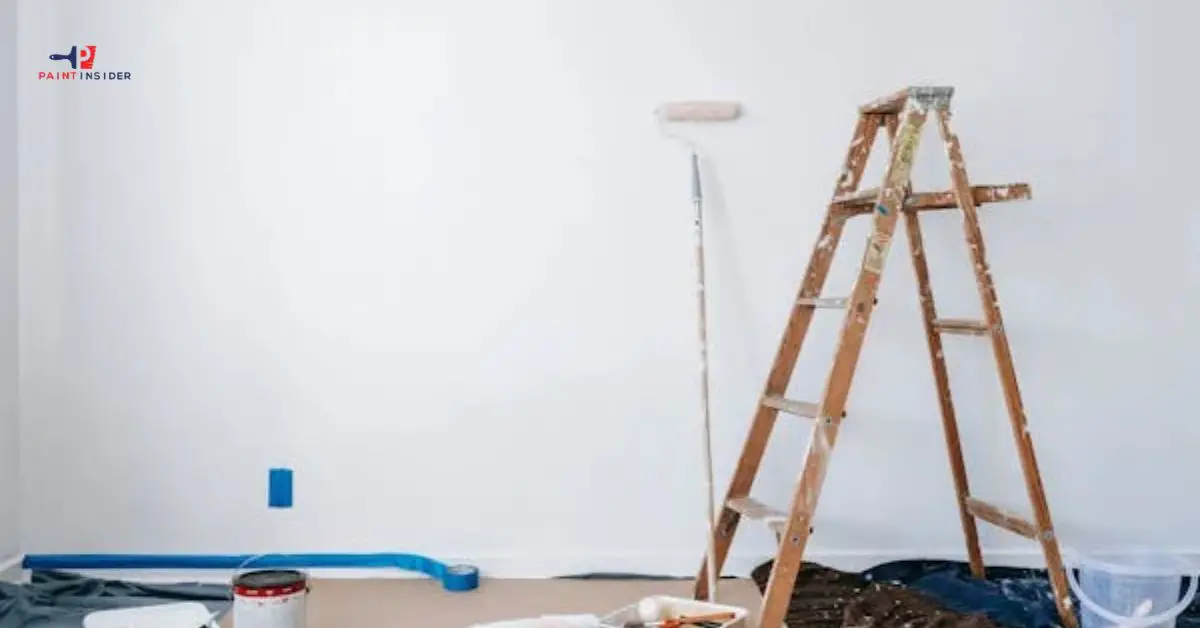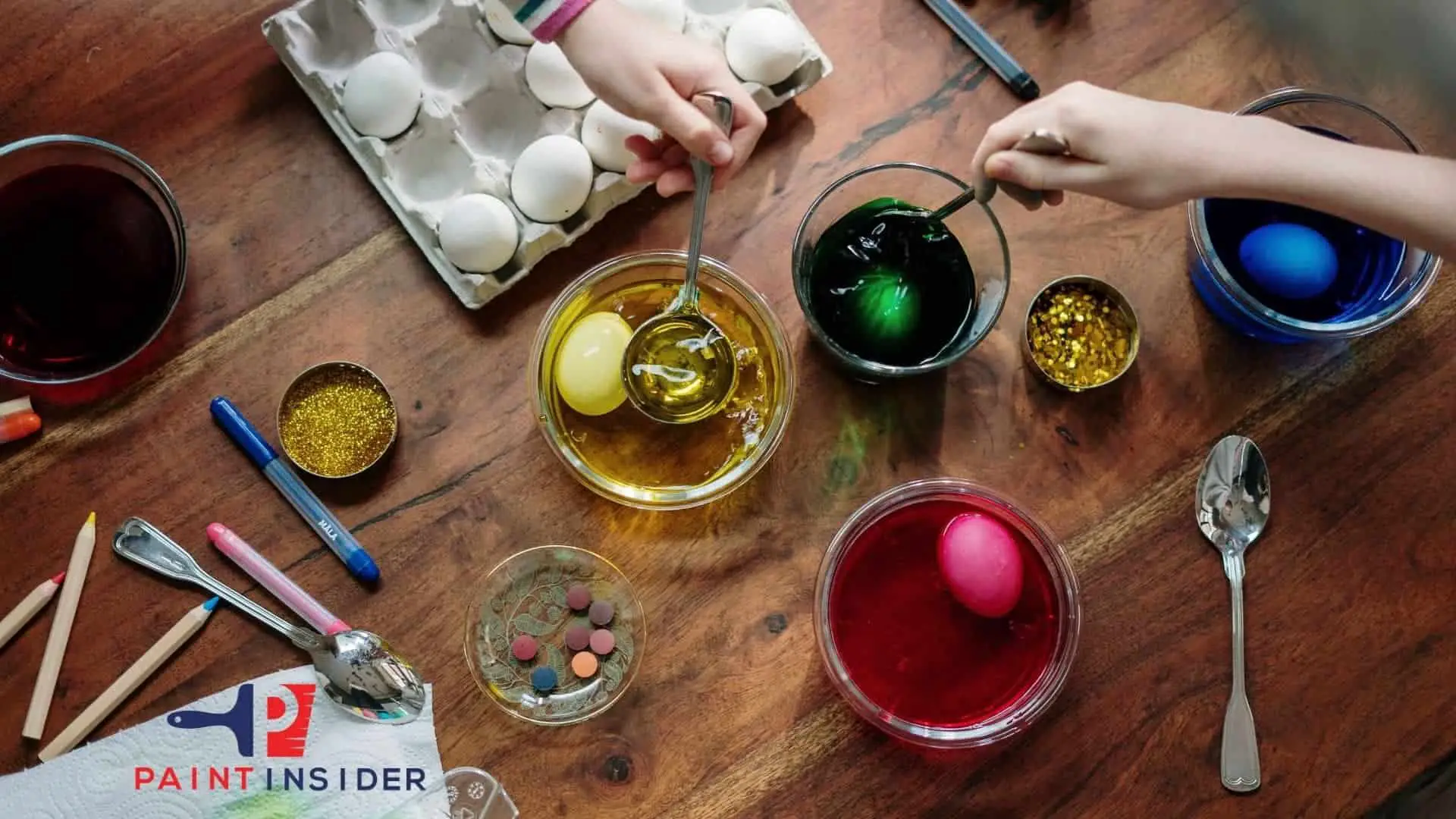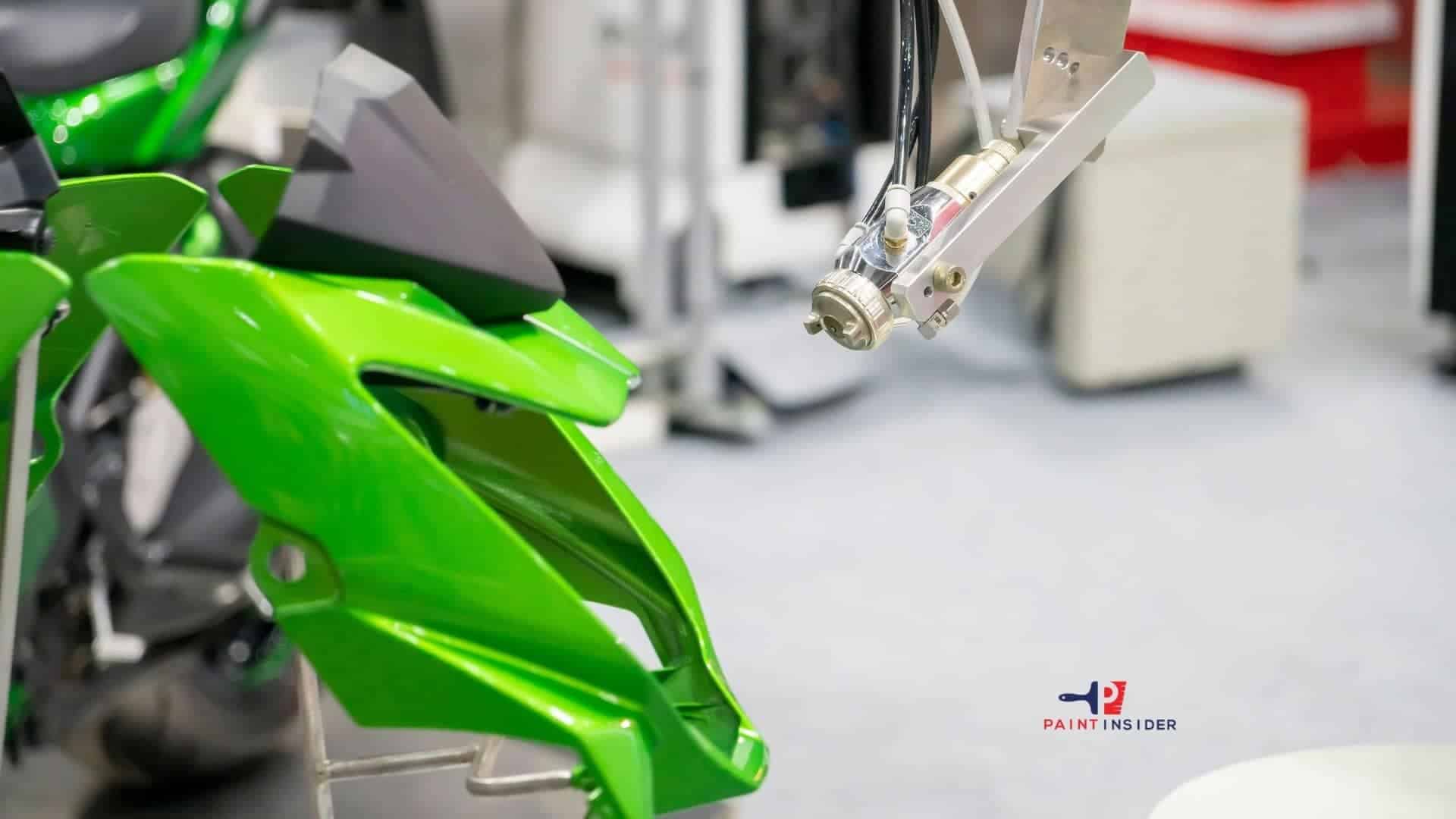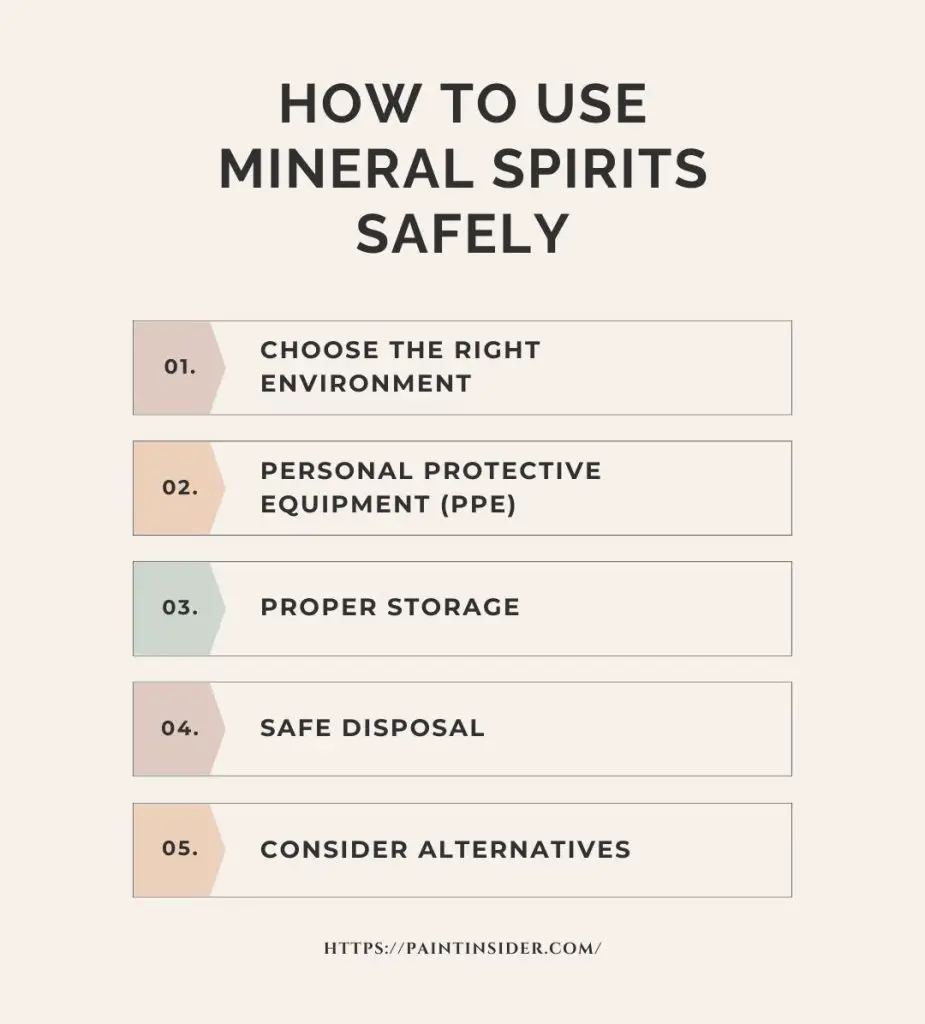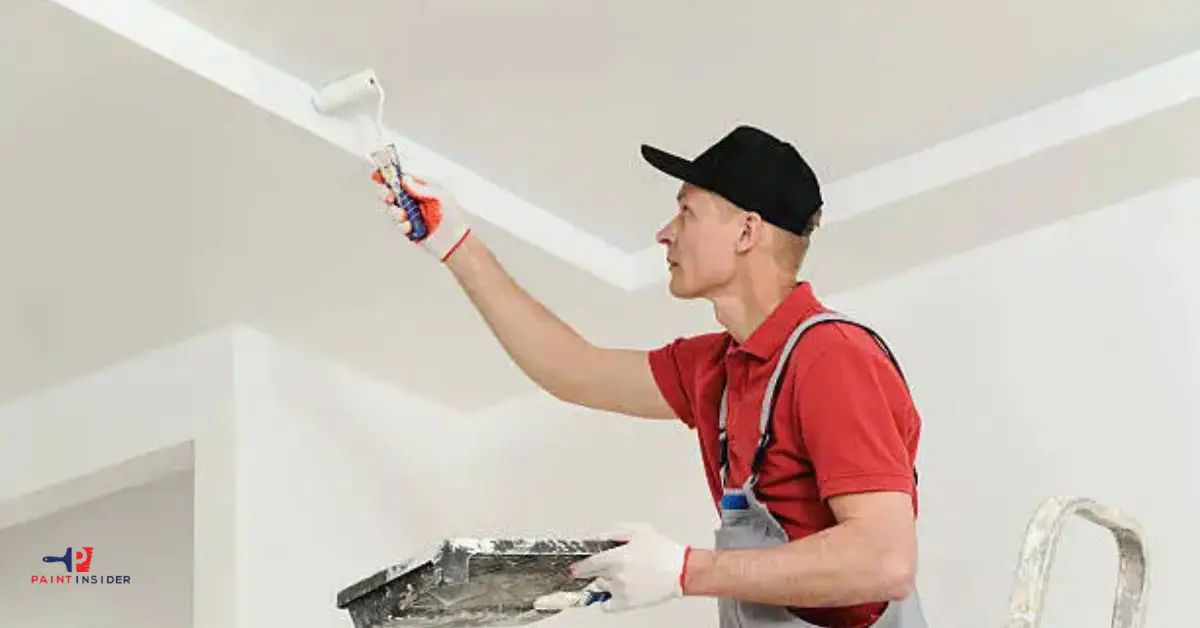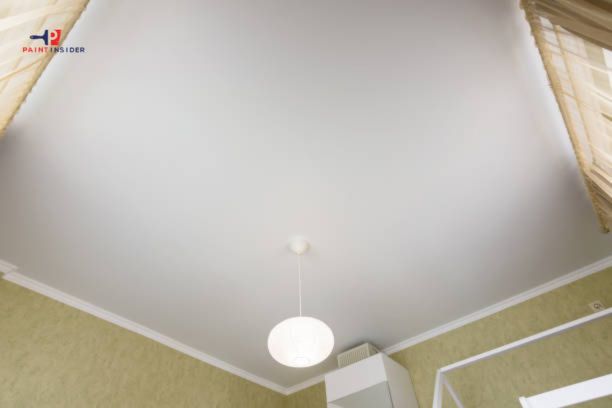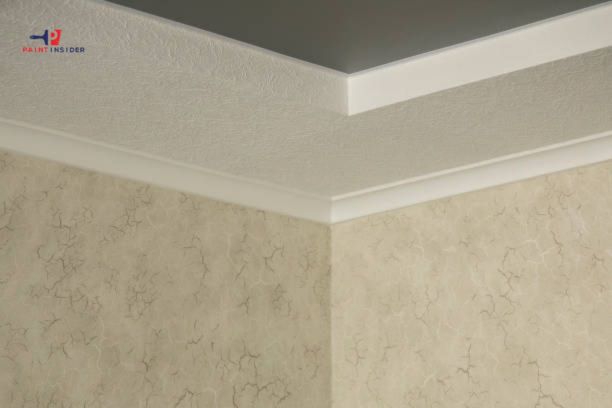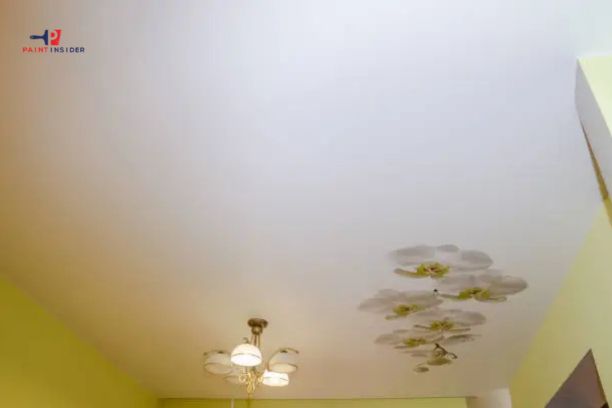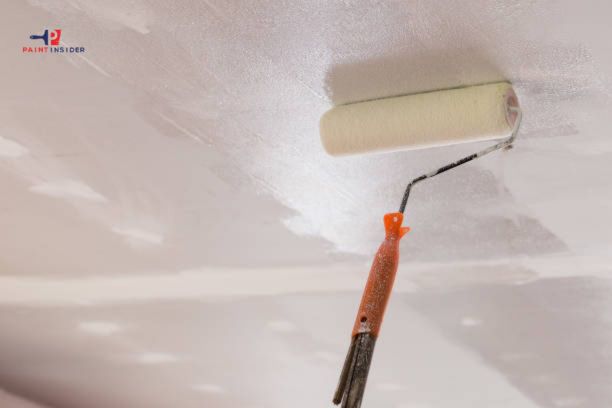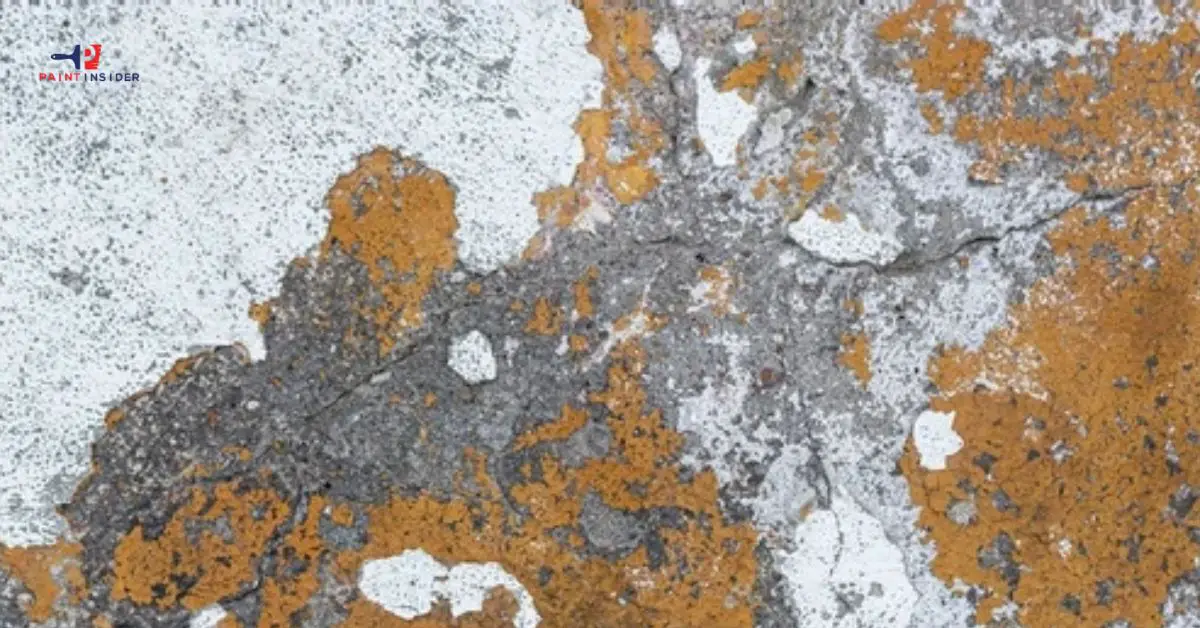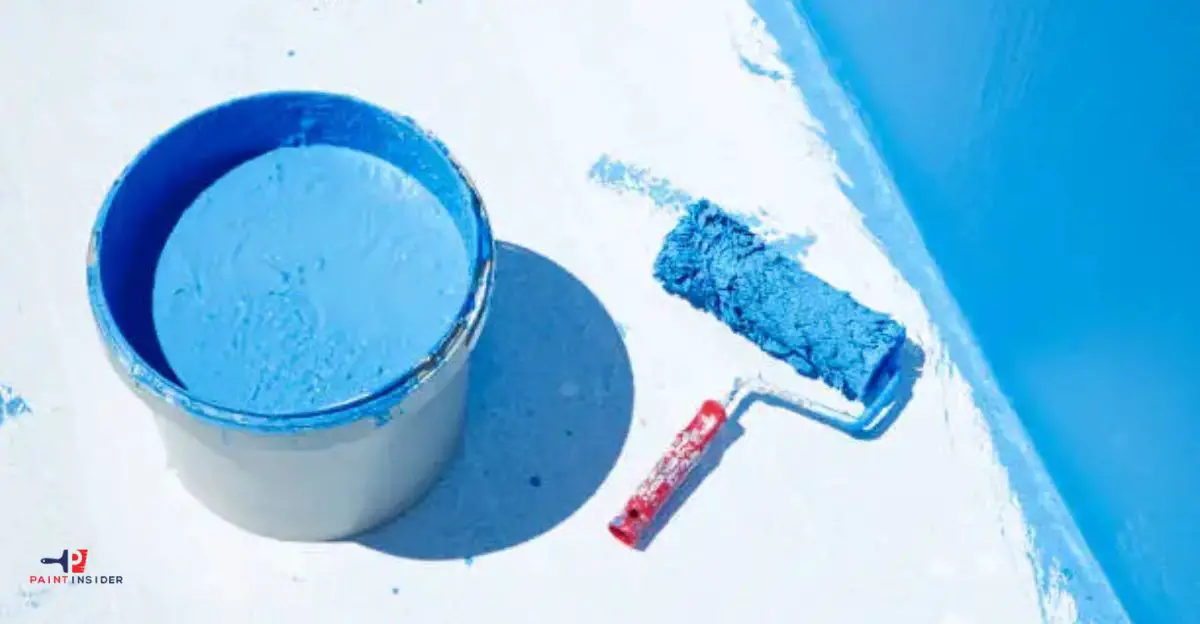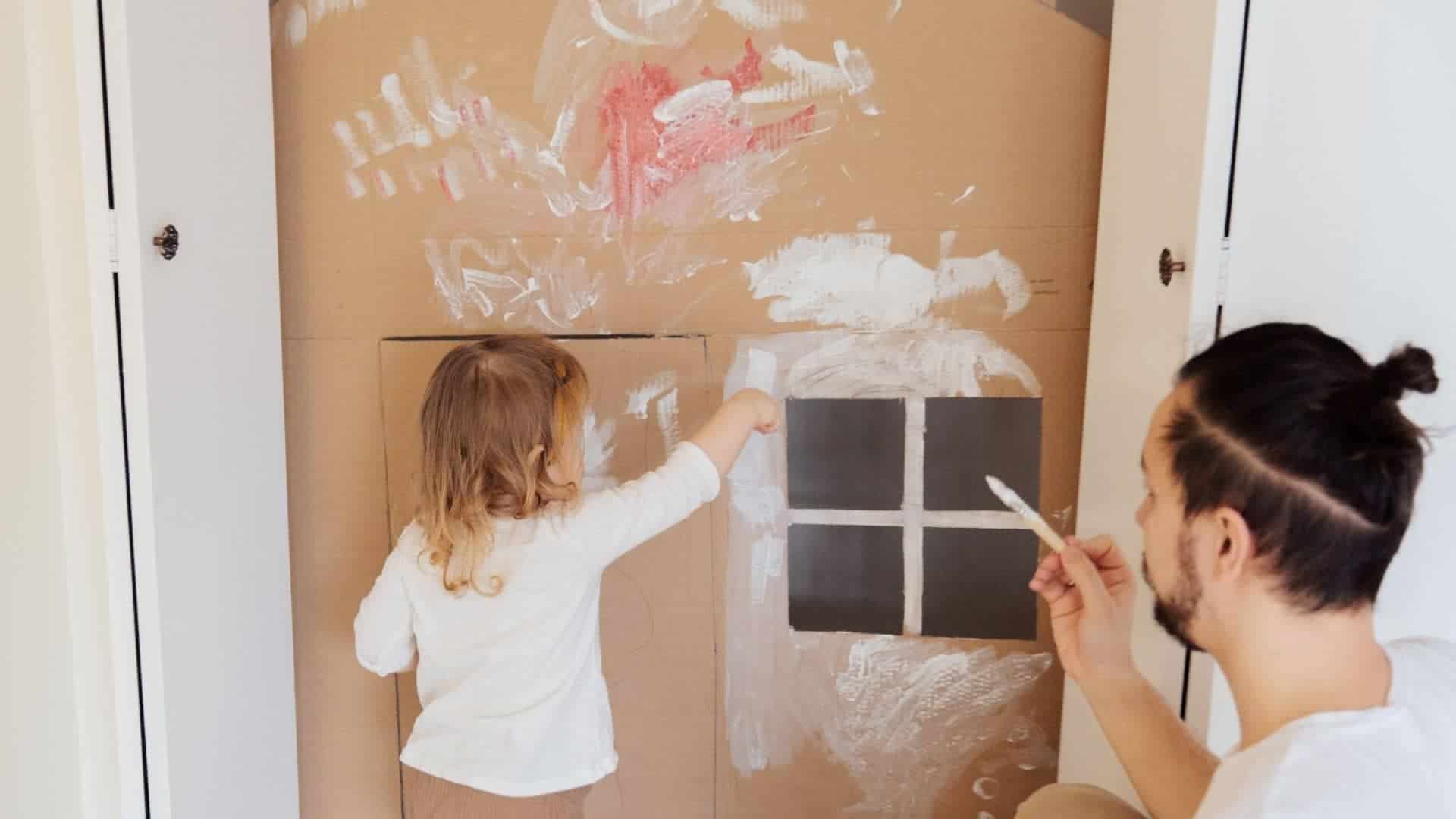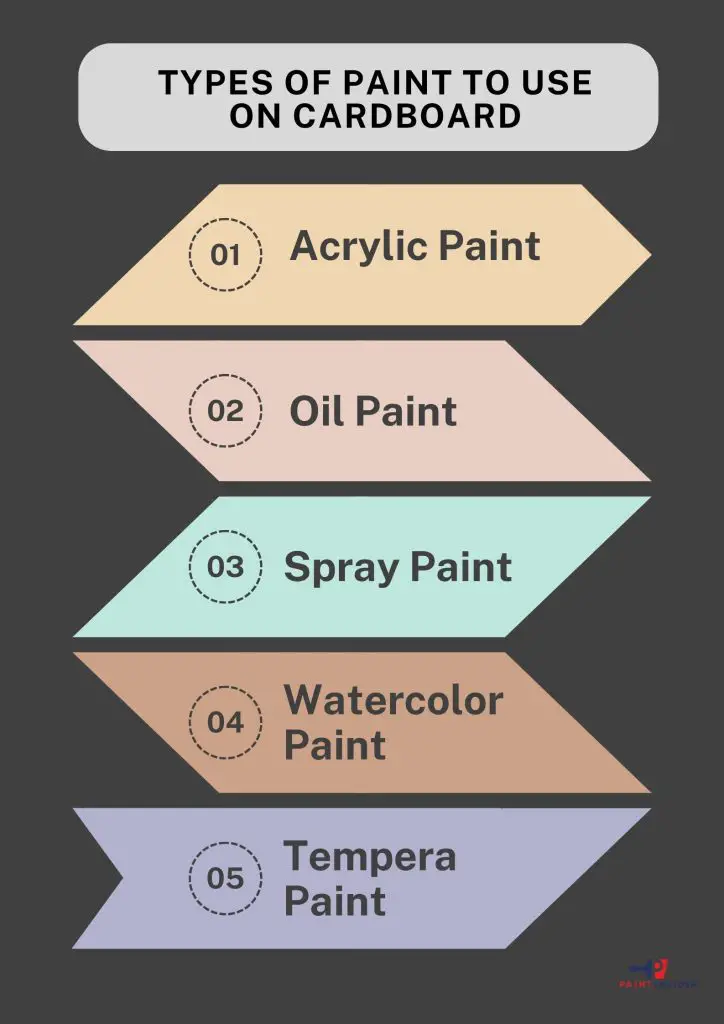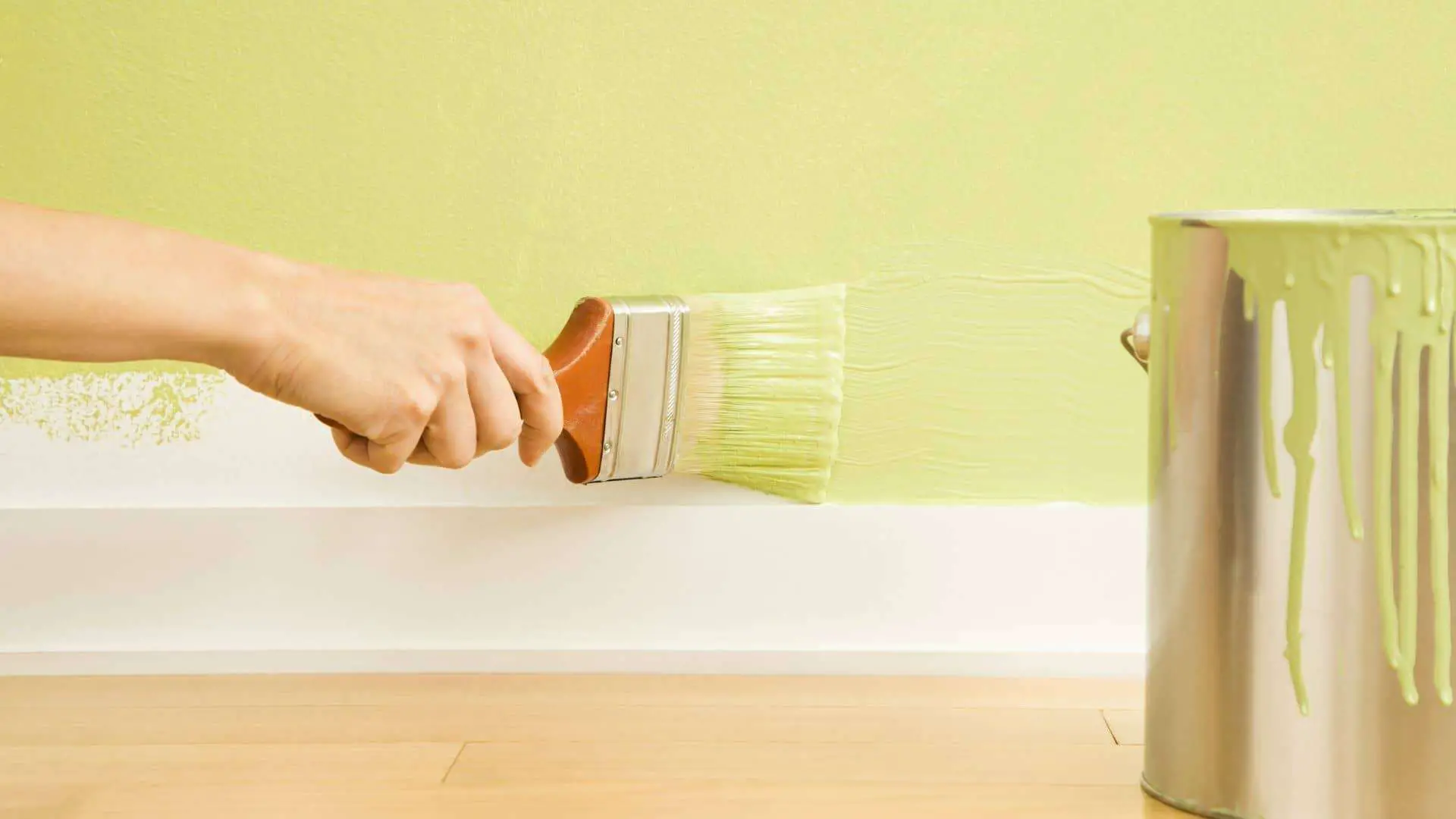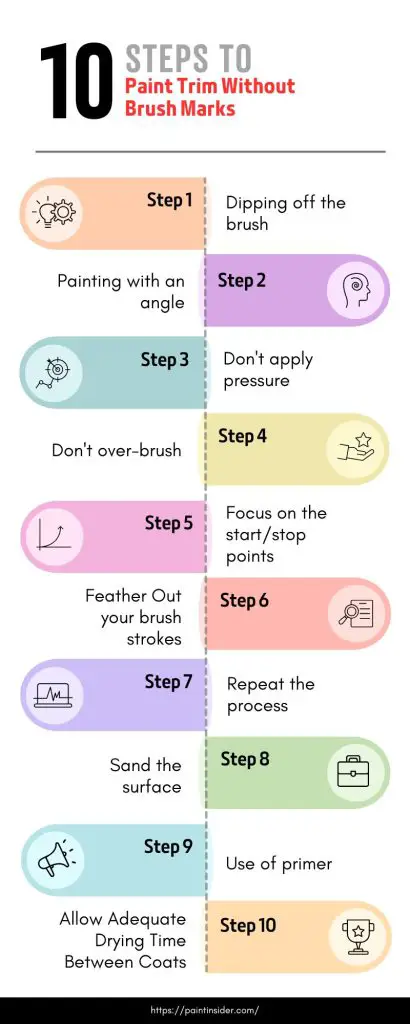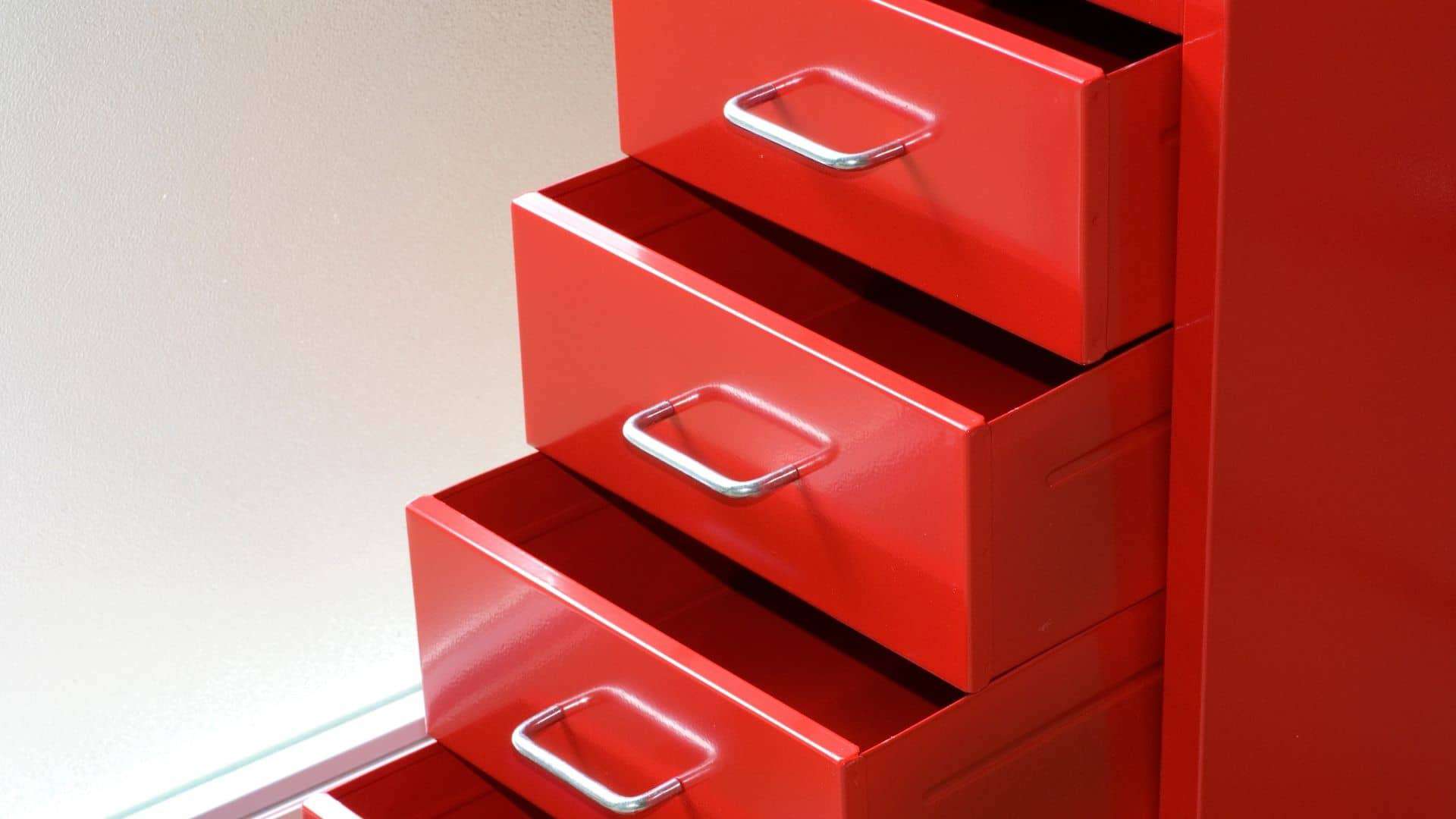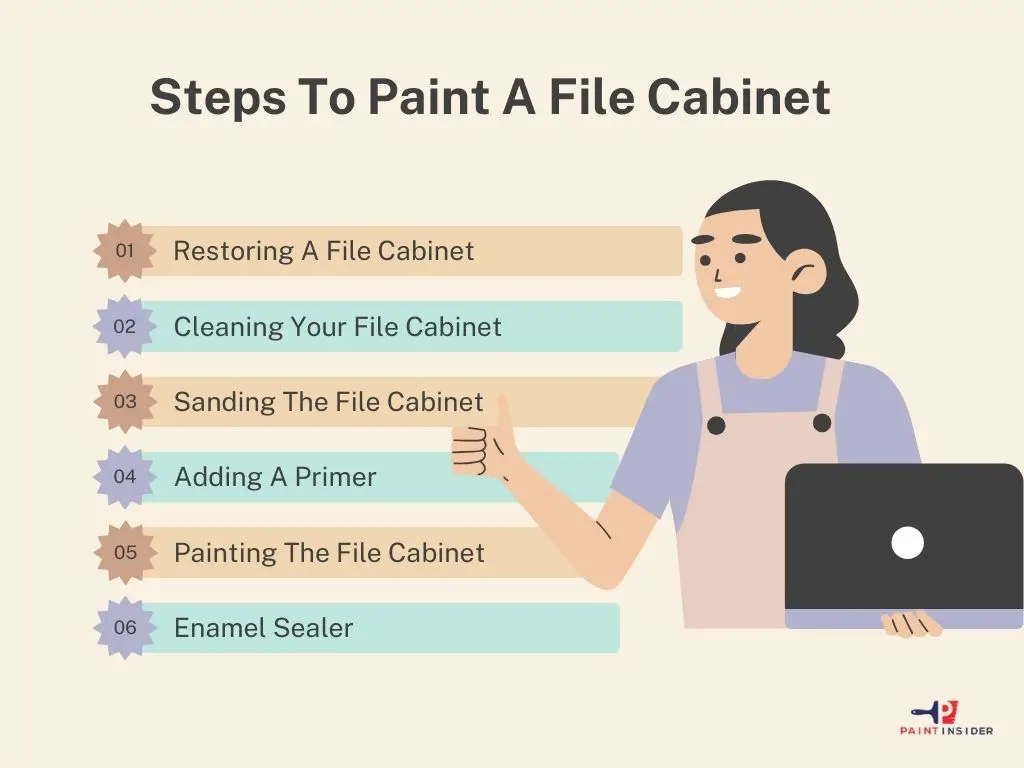Here we discuss the best Kilz gallon paint primers for superior surface prep and stain-blocking. Our top picks ensure smooth application, strong adhesion, and long-lasting results for any painting project. Find the perfect Kilz primer to achieve professional-quality finishes on walls, ceilings, and more.
Introduction: Overview of Kilz Paint Primers
Kilz paint primers have long been a trusted name in the world of home improvement, offering solutions that not only prepare surfaces but also enhance the overall finish of your painting projects. As we enter 2024, homeowners and DIY enthusiasts are looking for the best Kilz gallon paint primer options to elevate their spaces. With varying formulations designed for different needs whether blocking stains, sealing odors, or creating a smooth base there is a Kilz primer for every project imaginable.
Importance of Using a Primer
Using a primer is essential for achieving a flawless finish when painting, as it lays the groundwork for the subsequent layers. It not only enhances adhesion but also creates an even surface that can significantly impact the final appearance of your project. The best Kilz gallon paint primer in 2024 focuses on these qualities, ensuring that your topcoat adheres properly and lasts longer.
Top Features of Kilz Primers
- Exceptional Stain Blocking: One of the standout features of Kilz primers is their remarkable stain-blocking ability. Whether it’s old water stains or stubborn grease marks, these primers adhere efficiently to surfaces, preventing any unsightly blemishes from bleeding through your freshly applied paint. This ensures a clean finish that enhances the overall look of your project and extends the lifespan of your paint job.
- Versatile Application Options: The best Kilz gallon paint primer in 2024 offers versatility that caters to a wide range of surfaces. From drywall and wood to masonry and metal, Kilz can be utilized both indoors and outdoors. Homeowners appreciate this adaptability as it simplifies the selection process for various projects, allowing you to achieve professional results without needing multiple products.
- Quick Drying Time with Easy Cleanup: Another advantage is Kilz’s quick drying time, which enables faster project completion without sacrificing quality. Many users find that they can apply additional coats within hours rather than waiting days for the primer to cure completely. Coupled with easy soap-and-water cleanup, this feature makes using Kilz primers not only efficient but also user-friendly perfect for both seasoned DIYers and newcomers alike.
- Low Odor Formula: Today’s consumers are increasingly health-conscious, making low-odor formulations a significant selling point. Kilz has delivered on this front with primers that minimize unpleasant chemical smells without compromising performance. This feature not only enhances user comfort during application but also makes it safer for homes with children and pets an important consideration when choosing the right primer.
Top 2 Kilz Primers for Interior Surfaces:
1. KILZ Restoration Primer, Interior, 1 Gallon
KILZ Restoration Primer is quickly becoming the go-to choice for homeowners and DIY enthusiasts seeking exceptional quality in 2024. This powerhouse of a primer goes beyond mere surface preparation; it effectively seals and blocks stubborn stains, making it an ideal option for tackling challenging projects.
2. KILZ Kitchen & Bath Primer, Interior, 1 Gallon
KILZ Kitchen & Bath Primer stands out as the best KILZ gallon paint primer in 2024 for homeowners looking to tackle high-moisture areas. This specialized primer not only provides a smooth base for paint but also resists mold and mildew, making it an essential choice for kitchens and bathrooms where humidity levels can fluctuate drastically. Its exceptional adhesion properties allow it to bond well with glossy surfaces like tile or already painted walls, ensuring a long-lasting finish that won’t peel or flake.
Top 2 Kilz Primers for Interior and Exterior Surfaces:
1. KILZ Adhesion Primer, Interior/Exterior, 1 Gallon (This bundle contains 2 items)
When it comes to tackling challenging surfaces, KILZ Adhesion Primer stands out as a reliable choice for both interior and exterior projects. Designed to create a strong bond on slick or porous surfaces, this primer is an essential tool for achieving flawless paint adhesion. Imagine preparing to transform that old laminate cabinet or prepping your home’s facade; with KILZ, you’re equipped with the best primer in 2024 to ensure that your topcoat adheres beautifully.
2. KILZ 3 Premium Primer, Interior/Exterior, 5 Gallon
KILZ 3 Premium Primer stands out as one of the best gallon paint primers in 2024 due to its impressive versatility and effectiveness for both interior and exterior projects. This primer is designed to tackle a variety of surfaces, from drywall to wood, making it an essential addition to any DIY enthusiast’s toolkit. With its unique formulation, KILZ 3 not only blocks stains but also seals porous surfaces, providing a smooth base that enhances the final paint finish.
Pros and cons of kilz gallon paint primer
Pros
- Stain Blocking: Kilz primer is highly effective at blocking stains, which helps to ensure a cleaner finish when top-coating with paint.
- Adhesion Improvement: It improves the adhesion of subsequent paint layers, leading to a more durable and long-lasting finish.
- Versatile Use: Suitable for various surfaces including wood, drywall, and masonry, making it versatile for different projects.
- Fast-Drying Formula: The primer typically dries quickly, allowing for faster project completion without lengthy wait times between coats.
- Mildew Resistance: Kilz offers mildew-resistant properties in some formulas, making it ideal for high-moisture areas like bathrooms.
Cons
- Thick Consistency: Its thick consistency can make application more challenging and may require thinning or careful technique for an even coat.
- Limited Color Options: While primarily designed as a primer, it usually comes in limited colors compared to standard paints, restricting creative choices.
How to Choose the Right Primer
When it comes to selecting the best primer for your project, understanding the specific needs of your surface is crucial. For instance, if you’re painting over a dark or stained wall, a high-quality stain-blocking primer like Kilz might be your best bet in 2024. This not only ensures that the underlying imperfections don’t bleed through but also enhances color vibrancy with fewer coats. Moreover, always consider the type of paint you’ll be using afterward, oil-based primers work exceptionally well under oil paints, while water-based primers pair seamlessly with latex options.
Don’t overlook environmental factors either if you’re working on exterior surfaces or in areas prone to moisture, opt for a mildew-resistant primer. A quick buying guide tip: ensure to read product reviews and check for certifications that demonstrate durability and efficacy. By aligning your choice with both surface conditions and desired paint compatibility, you’ll set a solid foundation for achieving professional-looking results every time you dive into a DIY venture. The right primer truly can make all the difference!
Application Tips for Kilz Primers
When selecting the best Kilz gallon paint primer in 2024, consider the surface you’re working with. For instance, if you’re priming over dark colors or a particularly stained area, opting for Kilz Premium can provide superior stain-blocking capabilities and ensure your topcoat delivers a vibrant finish. Always conduct a patch test on hidden areas first; you’d be surprised at how different surfaces absorb primer differently.
Application technique also makes a significant difference. Using a high-quality roller for larger areas can help achieve an even coat while minimizing texture imprints. For intricate spaces like corners or trim work, grab a good angled brush to reach those nooks effortlessly. Remember to give adequate drying time between coats this ensures each layer bonds well and reduces the likelihood of issues such as peeling down the line. Follow these tips, and you’ll maximize your results with Kilz primers!
FAQs for KILZ Gallon Paint Primer
Is KILZ primer safe for children’s rooms?
Yes, as long as you follow the manufacturer’s guidelines and ensure proper ventilation during application and drying.
What is KILZ Gallon Paint Primer used for?
KILZ Gallon Paint Primer is designed to prepare surfaces for painting, ensuring better adhesion and improved paint coverage.
Can I use KILZ primer on exterior surfaces?
Yes, KILZ can be used on both interior and exterior surfaces, making it versatile for various projects.
How long does KILZ primer take to dry?
It typically dries to the touch in about 30 minutes and can be painted over after one hour, depending on conditions.
Is KILZ primer low odor?
Yes, many of KILZ’s primers are formulated to have low odors, making them more pleasant to work with indoors.
Do I need to sand the surface before applying KILZ primer?
It’s recommended to lightly sand glossy surfaces for better adhesion but not always necessary for other surfaces.
Can I tint KILZ primer?
Yes, you can have it tinted at paint stores to match your topcoat color or enhance coverage.
How do I clean up after using KILZ primer?
Clean tools and spills with soap and water while the primer is still wet; once dried, it will require a solvent like mineral spirits.
Conclusion: Final Thoughts on Kilz Primers
When considering the best Kilz gallon paint primer in 2024, it’s essential to recognize how these primers can dramatically transform your painting projects. Beyond their functionality in covering stains and odors, Kilz products stand out for their versatility. From DIY enthusiasts to professional painters, users appreciate the reliability of Kilz primers across various surfaces wood, drywall, and masonry alike. By investing in a high-quality primer, you’re not only ensuring better adhesion and coverage but also extending the lifespan of your topcoat.
In your buying guide journey toward selecting a Kilz primer, remember that each formulation serves specific purposes. Whether you’re tackling moisture-prone areas or need an ultra-white base for vibrant colors, there’s a suitable choice awaiting you. Dive into product reviews and user experiences to help inform your decision; real-world feedback is invaluable when making this investment. Ultimately, choosing the right Kilz primer not only elevates your project’s outcome but also makes the entire painting experience more efficient and enjoyable.

